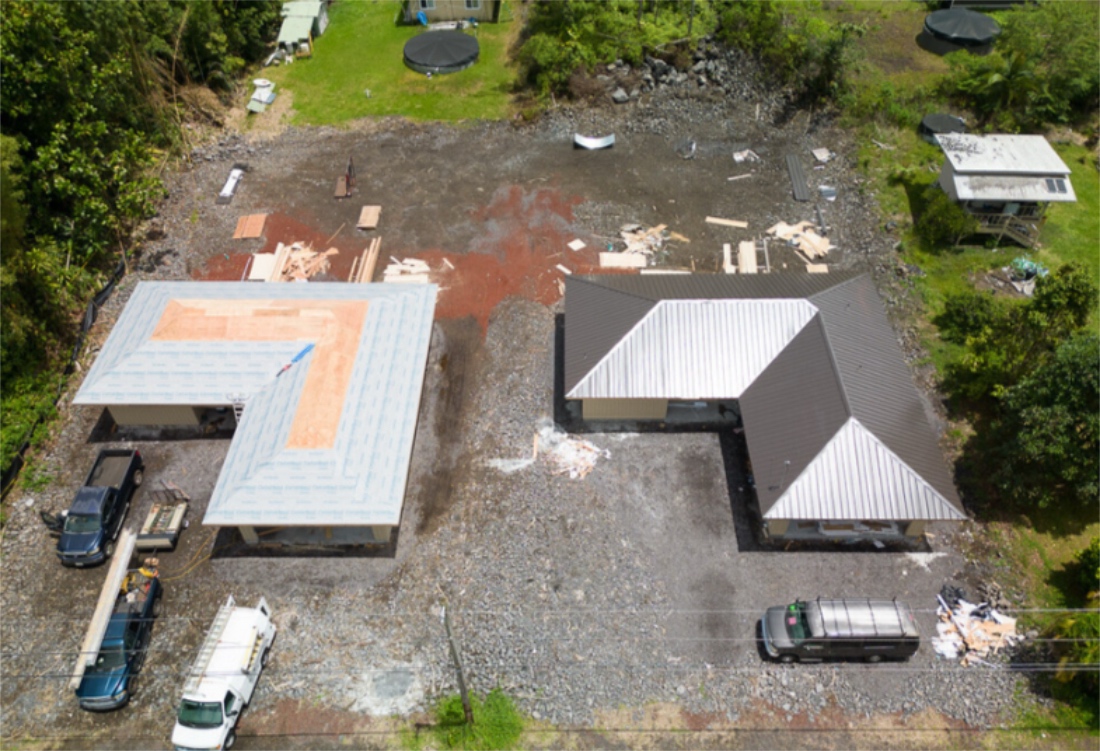Hawaii Real Estate Market Summary-June 2025
Hawaii’s real estate market continues to face significant challenges in 2025, characterized by affordability constraints, evolving inventory dynamics, and regulatory changes that are reshaping the landscape for both buyers and sellers.
Current Market Overview
As of June 2025, Hawaii remains in a severe housing crisis with high prices and elevated mortgage rates making homeownership unaffordable for most residents. Less than 25% of Hawaii households earned enough in 2024 to afford a mortgage on the median single-family home, which was priced at $950,0002. The state now has the highest homelessness rate in the country, reflecting the acute housing pressures.
Pricing Trends by Island
Oahu Market Performance
Oahu’s real estate market shows a clear divide between single-family homes and condominiums. Single-family home prices have demonstrated resilience, with the median price reaching $1,175,000 in May 2025, representing an 8.3% year-over-year increase. However, sales volume decreased by 5.6% compared to the previous year.
The condominium market tells a different story, with median prices stabilizing at $500,000 to $505,000 range. Condo sales have experienced more significant declines, dropping 21.8% year-over-year in May 2025. The market has shifted into buyer’s territory with over 7 months of remaining inventory.
Big Island Developments
The Big Island real estate market showed strong momentum in early 2025, with median sold prices increasing 16.5% year-over-year in the first quarter. Current inventory expanded by 30.3% compared to the previous year, providing buyers with more options. The luxury market ($3M+) has particularly thrived, with sales volume increasing dramatically by 67.3%.
Kauai Performance
Kauai Performance-Kauai’s market has shown mixed results, with island-wide home sales increasing 8.87% year-to-date compared to 2024. The South Shore experienced particularly strong growth with a 54.55% increase in sales, while the North Shore saw a 40% decline. Median prices have shifted across different regions, with the North Shore seeing a 13.10% increase to $2,375,000.
Maui Recovery Efforts
Maui Recovery Efforts-Maui continues its recovery from the devastating 2023 wildfires, with rebuilding costs estimated at $7 billion overall, though federal funding covers less than 25% of the need. The county faces a significant funding gap for wildfire recovery, with replacement costs averaging $1 million per destroyed residence.
Market Dynamics and Inventory
Inventory levels have increased significantly across most markets. Oahu single-family home supply is 29% higher than a year ago, with particularly notable increases in areas like Ewa (66% increase) and Makakilo and Mililani (nearly doubled). Condo inventory has grown by 56% year-over-year, bringing supply to 7 months of remaining inventory.
Days on market have extended across most property types, indicating a shift toward more balanced market conditions. Single-family homes on Oahu are taking an average of 21 days to sell, up 50% from 14 days the previous year.
Buyer Demographics and Market Participation
Local Hawaii residents continue to dominate home purchases, accounting for 75% of all home purchases statewide in 2024, totaling $10.3 billion in sales. Mainland U.S. buyers represent a significant presence, with California buyers alone purchasing 1,731 properties worth $2.1 billion. Foreign buyers account for just 3% to 5% of total home purchases, with Japanese buyers leading at 267 properties totaling $415.6 million.
Housing Production and Development
Housing production remains historically low, with county and state regulatory barriers posing major obstacles to new construction. The ambitious Ka Lei Momi plan aims to add 10,000 new public housing units, while Honolulu’s transit-oriented development strategy could dramatically expand housing supply if rezoning and permitting proceed.
Market Outlook and Challenges
The Hawaii housing market faces several headwinds, including continued insurance premium increases, particularly for condominiums2. Supply chain issues and potential tariffs on building materials could further raise construction costs2. External cost pressures from insurance hikes and special assessments continue to impact condo complexes island-wide.
Despite these challenges, the market shows signs of normalization rather than collapse. While demand has moderated and inventory has increased, prices remain relatively stable, indicating underlying strength in Hawaii’s real estate fundamentals. The market appears to be transitioning from the seller-dominated conditions of recent years toward more balanced dynamics that provide opportunities for both buyers and sellers.




